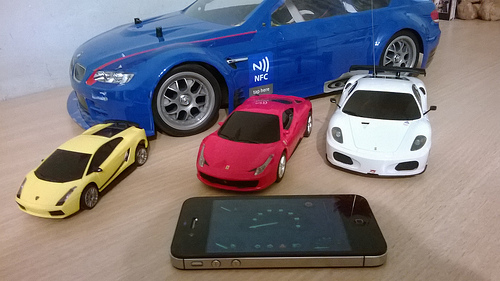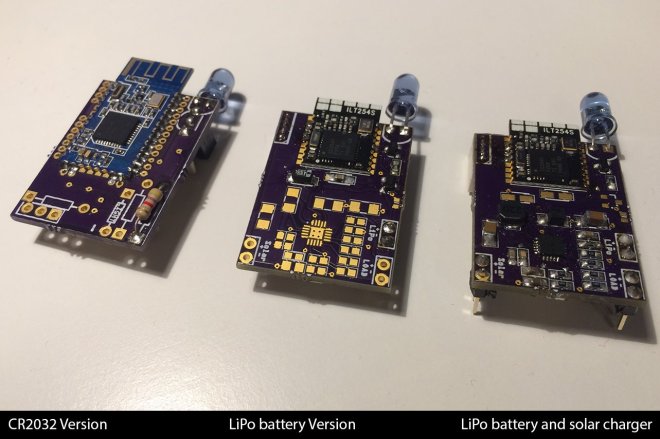The rayBeacon by Mike M. Volokhov is a Nordic nRF52 on-the-go development kit:
The Raybeacon is full-featured nRF52 based wearable, ultra-low power, multiprotocol development board designed for variety of embedded applications. Due to modular design, the device can be used to build your own production-ready appliance with minimal hardware modifications.
Key features include:
- Coin sized – the board is only 25 mm in diameter
- Works from a single CR2032 / CR2025 3V button cell
- Nordic nRF52 high-end multiprotocol SoC supporting Bluetooth 5.x, Bluetooth mesh, Thread and Zigbee; of your choice:
- Automotive grade BOM components – ready for harsh environment
- 2 x tactile buttons IP67
- 1 x RGB LED
- 1 x infrared LED (850 nm) 0402 size
- Socket for NFC flex antenna, compatible with Nordic FPC antenna and Liard 0600-00061. Can be configured as extra 2xGPIO.
- Programmable through SWD port (removable Tag-Connect socket, on-board solder pads)
- 1.27mm pitch 2×4 receptacle to connect custom extension boards:
- 6 x GPIO ports
- 1 x 12-bit ADC input
- pass-through VDD and GND pins
- 2.54mm pitch 1×8 pin header for fast breadboard prototyping; can be reused as 1.27 to 2.54 adapter
- USB interface (on-board solder pads)
- Minimal fabrication cost due to simple, two-layers only design
For detailed description, including information on custom boards and source files, please refer to the project repository on Bitbucket. Also, feel free to share your thoughts, or submit a request for a new slice or report an issue!




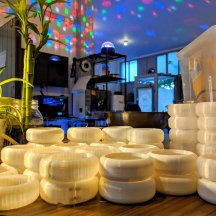


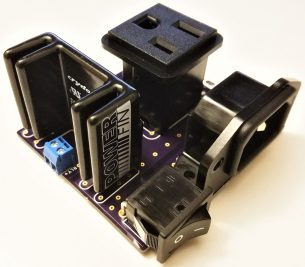
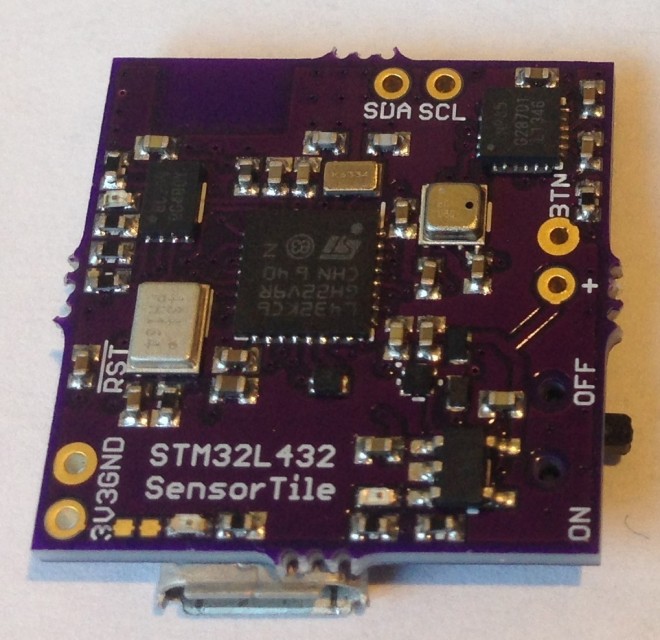

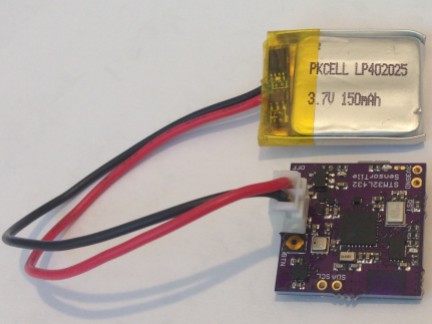


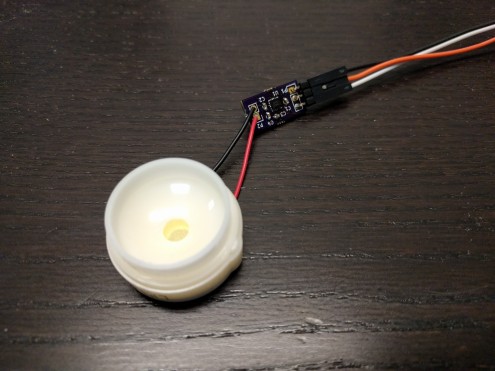
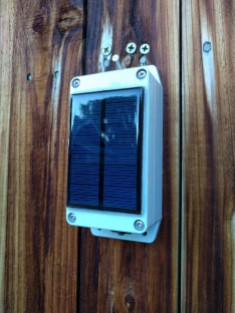




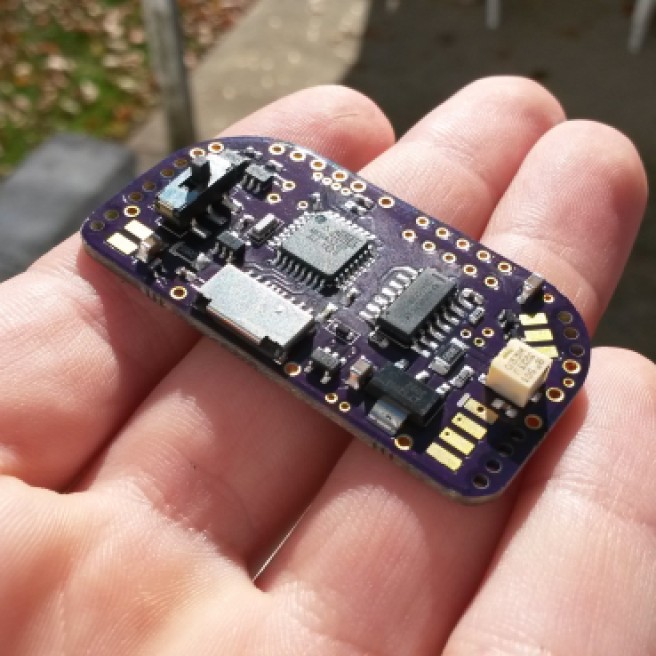




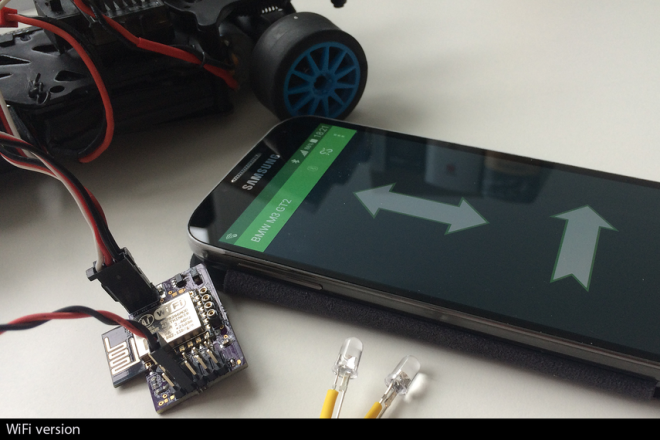





 drme
drme